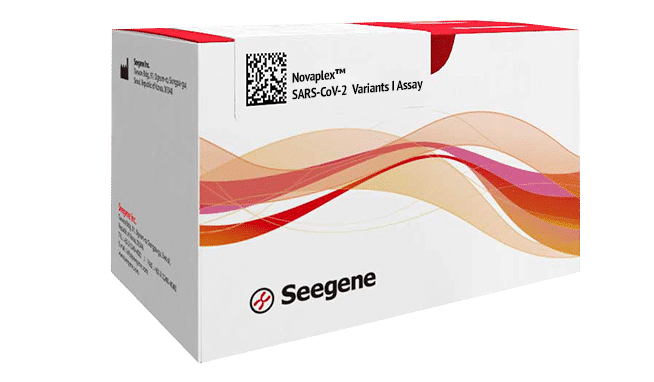The BA.2 Omicron Variant: Here’s What You Should Know
Although the “original” BA.1 subvariant of Omicron is the dominant form of the SARS-CoV-2 variant worldwide, a subvariant, BA.2 is now spreading rapidly in Asia and in parts of Europe and is reported to be the dominant form of SARS-CoV-2 in Denmark. Cases in India and the UK are on the rise. The subvariant has now been documented in over 57 countries.

Along with the original BA.1 subvariant of Omicron, the World Health Organization is closely monitoring the BA.2 subvariant which has also been referred to as a “stealth” variant because it has genetic mutations that make it harder to distinguish from the Delta variant via PCR.
This newer subvariant is becoming more prevalent at a time when the governments of countries are beginning to ease COVID-19 restrictions. For now, while scientists do not think the subvariant will cause significantly more harm than the BA.1 Omicron subvariant or the Delta variant, it is highly infectious, and doctors warn it could prolong the Omicron surge. According to Danish scientists, a study of 8500 individuals between December 2021 and January 2022 showed that the BA.2 subvariant is 1.5 times more transmissible than the original BA.1 Omicron variant. The study was conducted by a collaboration of scientists at Statens Serum Institut, Copenhagen University, Statistics Denmark and the Technical University of Denmark.
The same study showed that compared to BA.1, BA.2 was relatively better at infecting vaccinated and booster-vaccinated people. This suggests that BA.2 might be better at evading the immune system.
Nonetheless, vaccines still play an important role in protecting individuals against severe COVID-19 disease, and individuals who were vaccinated were less likely to be infected or to transmit the subvariants compared to those not vaccinated. Furthermore, earlier studies have shown that vaccinations reduce the chances of severe illness and hospitalizations.
The question still remains whether infection with the BA.1 subvariant will provide protection against the BA.2. There is no definitive answer to this yet. Thus, doctors still recommend that anybody who can should get the COVID-19 vaccine to build immunity against the virus.

Limiting The Spread of BA.2
Since the latter part of 2021, vaccine manufacturers have been testing Omicron-specific vaccines. Both Moderna and Pfizer are in the midst of clinical trials for Omicron-specific vaccines. However, it could be months before these vaccines become available to the general public. Over time, research shows that the protection offered by the COVID-19 vaccines declines. Thus, it is likely that just like the flu vaccine, individuals will not only have to take an Omicron-specific vaccine when it becomes available but will also have to take a shot every year to be protected against future variants of the virus.
While there is still not one perfect way to prevent the spread of SARS-CoV-2, there is ample evidence that a combination of vaccinations, handwashing, mask-wearing and social distancing helps tremendously to curtail the spread of the virus.
For up-to-date information on SARS-CoV-2 variants, visit the CDC website: COVID-19- What You Need to Know About Variants
For laboratories that want to study Omicron, Seegene has developed a series of Research Use Only (RUO) assays to identify some mutations consistent with Omicron and differentiate between Omicron and other variants such as the Delta variants.

Seegene’s latest Novaplex™ SARS-CoV-2 Variants VII Assay (Research Use Only) is designed to detect mutations consistent with the Omicron variant, its stealth versions, and some of the Variants of Concern (VOCs) in a single tube: 69/70del, E484A, N501Y, RdRP.
For more information, visit Novaplex™ SARS-CoV-2 Variants Assays.

In addition, the quality of the FDA EUA Allplex™ 2019-nCoV (SARS-CoV-2) Assay is not affected by variants such as Delta and Omicron (BA.1 and BA.2).
Contact us
